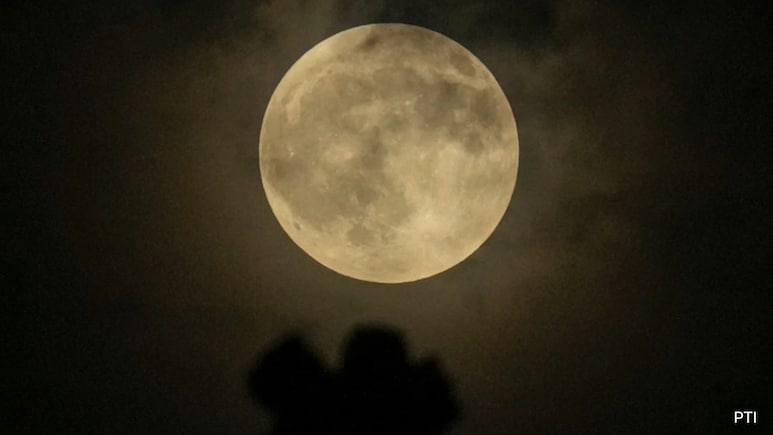
- Active landslides on the Moon are triggered mainly by moonquakes, Chinese scientists found
- Researchers detected 41 new lunar landslides since 2009 by analysing before-and-after images
- Moonquakes on the Moon can last hours, potentially damaging structures and endangering astronauts
Active landslides are taking place on the Moon, triggered by moonquakes, Chinese scientists have found. The new findings are expected to help in the selection of more stable sites for future lunar bases as China aims to establish a research station in the lunar south pole region by 2035.
Researchers from Sun Yat-sen University, Fuzhou University, and Shanghai Normal University published these findings in the National Science Review on September 11. By comparing 562 pairs of before and after images of 74 sites in the least stable areas on the Moon, scientists detected 41 new landslides on the Moon since 2009.
While 30 per cent of new landslides were triggered by new impact events, the majority of them were induced by moonquakes from within the lunar body, according to a report in South China Morning Post.
"While moonquakes were detected during the Apollo missions, conventional geological wisdom posited that lunar endogenic activity had essentially ceased, leaving geological hazard assessments of lunar seismicity largely unexplored," the study highlighted.
While an earthquake lasts for tens of seconds to minutes, a moonquake can last for hours, which is enough time to damage or tip over structures and destabilise launch vehicles on the surface. The landslides triggered by them can also put the lives of astronauts in jeopardy, who might set foot on the lunar surface.
Lead author Xiao Zhiyong, however, stated that landslides were rather small in scale, mostly less than 1km (3,280 feet) long and less than 100 metres (328 feet) wide.
"It provides reassurance that the landslides we observed are likely to have limited impacts. Still, we should remain cautious because disaster assessments from Earth may not be fully applicable on the Moon. Operations close to steep slopes may be threatened more by active landslides," Xiao said.
Also Read | Indian Techie's 'Relocated To US' Post Viral After Donald Trump's H-1B Visa Crackdown
Last year, a study by the American space agency NASA showed that the Moon has been silently undergoing changes, significantly shrinking in size over the past few hundred million years. This continued shrinking has led to the formation of faults, causing moonquakes, the study highlighted.
The study discovered evidence that the continuing shrinkage led to some surface changes around the lunar south pole, where NASA hopes to land during the crewed Artemis III mission.
Track Latest News Live on NDTV.com and get news updates from India and around the world

